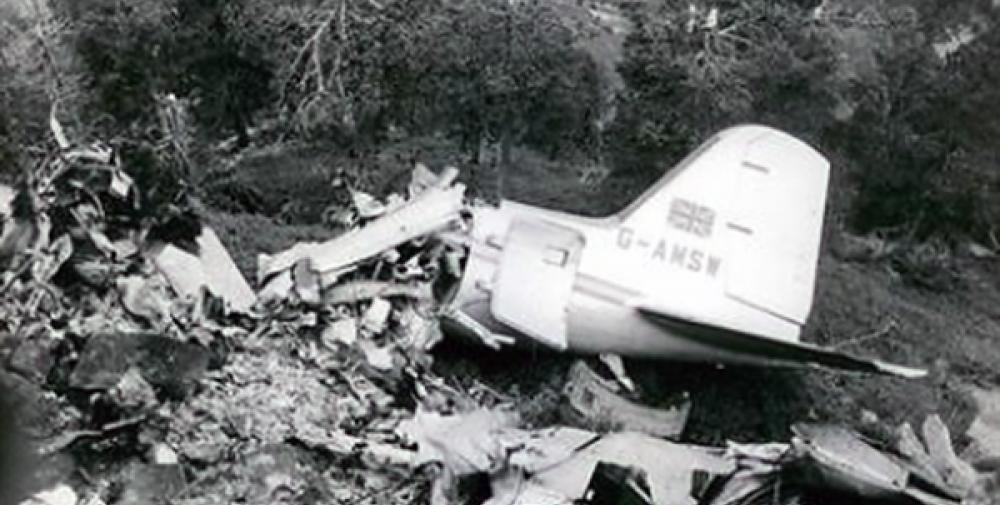Tragedy on Canigou
In the night of 7–8 October 1961, a Derby Aviation Douglas Dakota (G-AMSW) was flying from London-Gatwick to Perpignan. After passing Toulouse, the crew prepared for descent, but instead of approaching Perpignan, the aircraft drifted off course and struck the north-east face of Mount Canigou at about 2,200 m altitude. All 34 people aboard died.

The official report concluded the crash was due to a navigational error, but the exact cause was never pinned down. Pilots relied heavily on magnetic compasses and radio beacons at that time and some locals suggested that magnetic disturbances from the region’s iron-rich geology and historic mines around Canigou could have affected compass readings. While not proven, this possibility has often been mentioned because the mountain and its surroundings are known for strong mineral deposits that can distort compasses.
There is a plausible mechanism — iron ore can disturb compasses — and locals have suggested magnetic anomalies around Canigou as a possible contributor. But the official investigation did not confirm that magnetic effects caused the crash; the published conclusion remains “navigational error” with no proven root cause.
The tragedy is remembered both as a case of Controlled Flight Into Terrain (CFIT) in bad conditions, and as a mystery where mountain geography and magnetic anomalies may have played a role.
Parts of the wreckage remained on the slopes for decades and were only fully cleared away in a debris-removal operation in 2023.
